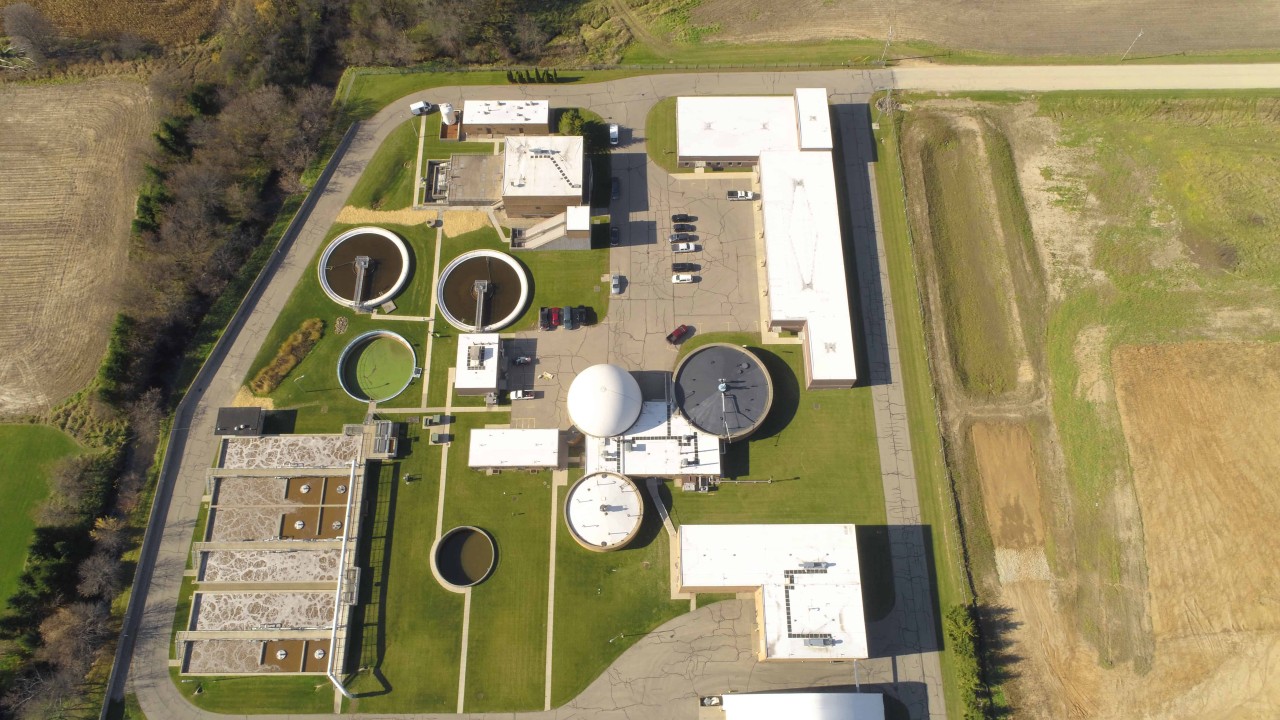Upgrading your wastewater treatment plant design to meet NFPA 820 compliance
To help public sector officials minimize fire and explosion hazards, the National Fire Protection Association (NFPA) publishes preventative requirements, fire codes and building standards. Used in alignment with state building codes, the NFPA 820 standard is specific to wastewater collection, transportation and treatment plants.
Methane generated by anaerobic biological activity in wastewater treatment presents a risk of fire-related accidents. Designing wastewater treatment plants and collection systems according to NFPA 820 guidelines can help mitigate this risk.
Below, we discuss how NFPA 820 requirements address fire and explosion hazards and how municipal leaders can upgrade aging wastewater treatment plants to meet NFPA 820 requirements.
Understanding hazard classifications at a wastewater treatment plant
The National Electric Code (NFPA 70) defines classifications that correspond to the level of risk posed by explosive gases, combustible dust or ignitable fibers in an area. Wastewater systems typically deal with the potential for methane, an explosive gas, which falls into the Class 1 category under NFPA 820. The degree of hazard is further defined by Division 1 and Division 2 as described in the table below.
Fire hazard locations |
|
|---|---|
| Classification | Description |
| 1. Unclassified |
Explosive or combustible gases posing as hazards are |
| 2. Class 1, Division 1 (C1D1) |
Explosive gases posing as hazards |
| 3. Class 1, Division 2 (C1D2) |
Explosive gases posing as hazards are not expected under normal operating conditions but |
The hazardous classification defines requirements for electrical equipment, which may be installed. A variety of strategies may be used to make electrical devices suitable for use in a space with a hazardous classification. Most commonly, the devices will be either intrinsically safe to avoid providing an ignition source or will be explosion-proof to safely withstand the force of an explosion.
Measures must also be taken to ensure gases do not migrate through electrical conduits from a classified space into an unclassified space. These precautions result in greater costs for electrical installations within hazardous areas.
NFPA 820 fundamental considerations
Some degree of risk in dealing with methane generated by wastewater processes is unavoidable. NFPA 820 establishes a standard for defining the degree of hazard by wastewater collection and treatment processes and standards for mitigating those risks. Some fundamental considerations in NFPA 820 include:
- Proximity to methane-generating processes. Structures such as raw sewage wet wells, primary clarifiers and anaerobic digesters, by their nature, convey sewage and sludge high in organic material which will generate methane when degraded under anaerobic conditions. Areas near such processes have a higher risk for explosive methane concentrations to develop.
- Ventilation rate. The rate at which methane can be exhausted and replaced with fresh air affects the risk for explosive methane concentrations to develop. This rate is defined in terms of air changes per hour (ACH), the ventilation flow rate required to completely turn over the volume of a space and replace it with fresh air from outdoors in one hour. With sufficient ventilation as defined in NFPA 820, a space may be derated from C1D1 to C1D2 or, in some cases, Unclassified.
- Materials of construction. Where explosion and fire risks exist, NFPA 820 requires structures to be constructed of inflammable or low-flammability materials.
- Safety devices and alarms. NFPA 820 defines where safety devices like smoke detectors, heat detectors, combustible gas detectors, fire extinguishers and fire alarms are required on the basis of the potential for methane to build up in wastewater infrastructure.
Evolution of safe design practices
The first edition of NFPA 820 was released in 1990 with subsequent editions released in 1999, 2003, 2008, 2012, 2016 and most recently in 2020. Wastewater collection and treatment infrastructure has been in service for much longer.
Practices that once were considered sufficient to mitigate risks posed by potential methane generation are often not compliant with NFPA 820 standards. This is especially true of the following locations and processes:
|
|
|
|
|
|
Such spaces were often designed with no ventilation or intermittent ventilation, without sufficient separation from unclassified spaces such as electrical rooms, or without safety monitoring and alarming devices that meet NFPA 820 standards.
Partnering with Fehr Graham
At Fehr Graham, our trusted and experienced team of wastewater engineers has helped communities across the Midwest and beyond assess wastewater infrastructure and upgrade it with NFPA 820 standards. We have employed creative solutions, like installing internal walls to physically separate classified spaces from unclassified spaces and have addressed unique challenges in active plants to keep facilities running during construction of new infrastructure.
To learn more about how Fehr Graham can help you develop an NFPA-compliant wastewater plant design, contact us or give us a call at 630.897.4651.
 |
Fehr Graham Project Manager and Professional Engineer Darryl Carstensen specializes in process design, water quality master planning and environmental investigations. He designs plants, wells and removal systems to help communities improve water and wastewater infrastructure. Contact him at
|
Collaborative, Insightful, Results-Driven Solutions
Fehr Graham provides innovative engineering and environmental solutions to help improve the lives and communities of our customers.

